All photographs were clicked by the author.
It was 15 August 2021, when India was celebrating its 75th Independence day, at around 2 pm I received a call from my Afghan colleague working for the United Nations in Kabul. He spoke with urgency and desperation that he had to leave office and return home immediately since the Taliban had entered Kabul city. I was telecommuting from my home at Nagpur due to the COVID19 pandemic. Everything changed after that, everyone stopped discussing work and their only concern was to evacuate the UN staff.
The opportunity to work with the United Nations offered me a chance to see this country that once posed a threat to the world, and was now rebuilding itself as a responsible democratic power. My friends and relatives and my family in particular were frightened to learn that I would be working for Afghanistan. I landed in Kabul airport on the afternoon of 6 January 2009. Everything on the ground was covered with snow, and my jacket from Nagpur was providing little protection from the biting cold. In the middle of the snow, I could see the helicopters and planes damaged in the war. I was greeted by my escort who gave me a tight and firm embrace. “Welcome to Afghanistan and the United Nations”, said this huge person in traditional dress, with a Masood cap made from natural sheep wool, named after Anti-Taliban Northern Alliance Commander Ahmed Shah Masood. “I was the commander of Masood Shah, the Hero of the Nation; I fought against Soviet rule. Once, I was planting mines to aim destruction at Russian tanks. One of the mines exploded accidentally and I lost my three fingers”, he explained. On my way to the UN guest house, I noticed the remnants of the war-ravaged country with bad roads and high concrete compound walls with razor wire fencing everywhere. This was part of the new Kabul. Part of Kabul was also showing rapid signs of development recently. Modern commercial buildings were appearing like mushrooms with an increasing sense of stability in the current democratic setup.
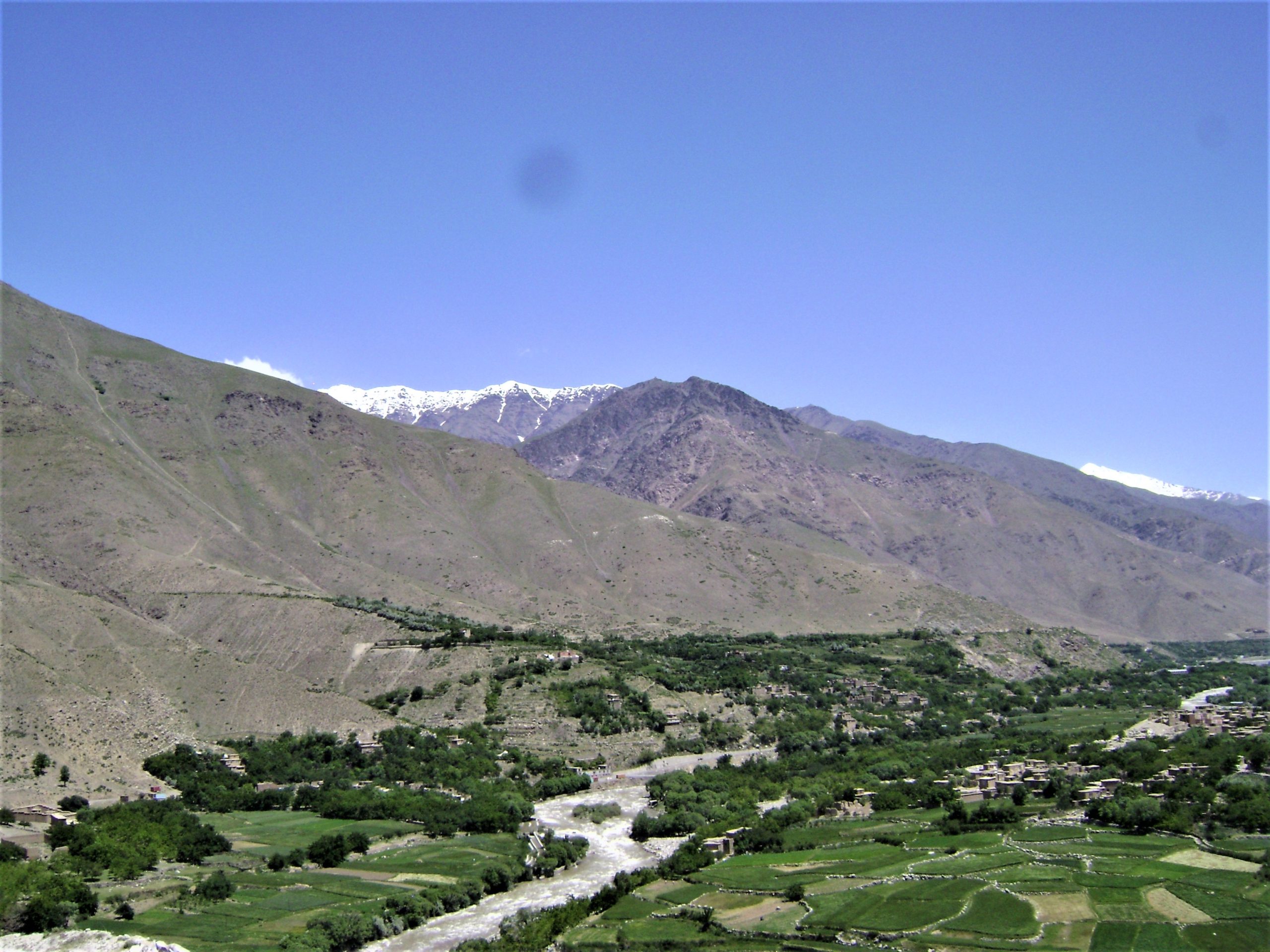
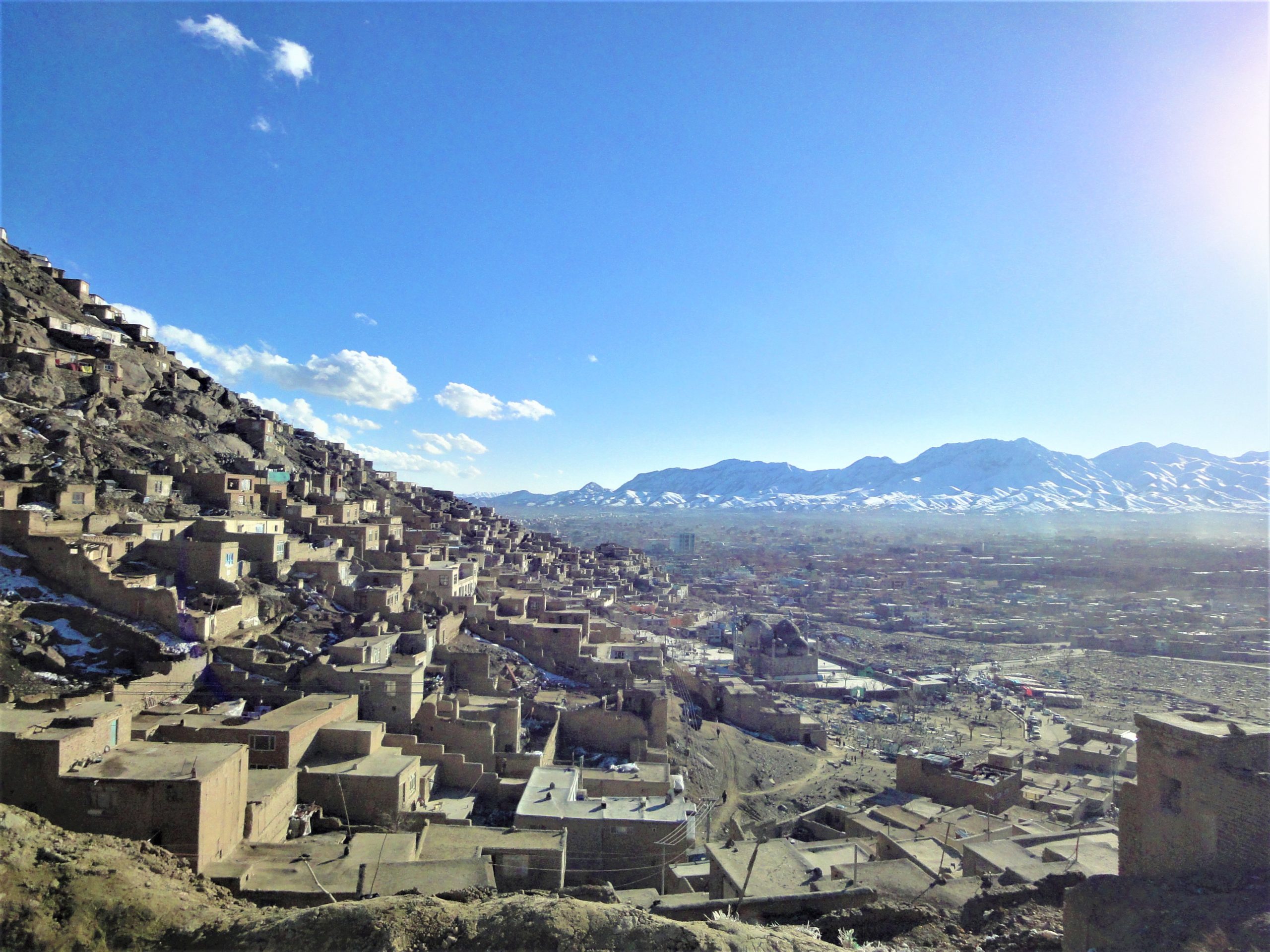
Old Kabul was much different. It was the part of the city that suffered the most during the civil war fought by the mighty warlords to establish power at the centre. The signs of destruction caused by the war were visible. After the Soviet Union’s withdrawal from Afghanistan, warlords tried to take control of Kabul. In an attempt, they battered the city with a massive attack of rockets. More than 3000 rockets were fired every day in this city. It is believed that more than ten thousand innocent people died in the attack and the city was totally devastated. This happened in 1994.
Once upon a time, Kabul was a green city. The beautiful Kabul river flowed within the city and it was a popular tourist place for many Iranians during summer. Large numbers of trees were cut by the Russians, since these trees were good places to hide for the Mujahideen.
Once upon a time Kabul was a green city. The beautiful Kabul river flowed within the city and it was a popular tourist place for many Iranians during summer. Large numbers of trees were cut by the Russians, since these trees were good places to hide for the Mujahideen.
I liked the nature of my Afghan colleagues and their mannerisms. Their conversation always involved questions that are close to anybody’s heart, such as “how are you and your family”. Most of the Afghan staff in UN were educated in Pakistan, where they stayed as refugees. The UN has a strong policy towards gender equality. Most of the Afghan staff were men, but after several efforts we managed to hire female staff for administrative work in my team.

During my official missions spread over twelve years I got to see different cities like Jalalabad in the east, Mazar-e-sharif in the north, Kandahar in the south, Herat in the west and also Faizabad in the province of Badakshan towards north-east tip of Afghanistan, beyond tall Pamir Mountains. This province joins further to the mountains of Turkmenistan and China. Missions to provinces (like states in India) were a great opportunity to get acquainted with rural Afghanistan and its very beautiful countryside. Another mission by helicopter from Kabul to Bamyan, where the Hazara community dominates, and one of the most peaceful provinces in Afghanistan was amazing. It was disheartening to see the remnants of the largest Buddha revealing the stark reality of its destruction. The Taliban infamously blew up two massive 1,500-year-old statues of Buddha carved into a sandstone mountain in March 2001, shortly before the US-led invasion that drove them from power. The Taliban claimed the Buddhas violated Islam’s prohibition on idolatry. Both the Buddhas were in the classic blended style of Gandhara art, the smaller 38 m “Eastern Buddha” was built around 570 AD, and the larger 55 m “Western Buddha” was built around 618 AD, which would date both to the time when the Hephthalites ruled the region. The statues consisted of the male Salsal “light shines through the universe” and the smaller, female Shamama “Queen Mother”, as they were called by the locals. Hirat, a western province bordering Iran, another peaceful province then, has wonderful architectural splendors of present and past.
I do not remember having slept peacefully in Kabul ever, there were several instances of deafening bomb blasts that shook everything like an earthquake. We spent sleepless nights in the bunker many times and got out early morning looking for dates of our next ‘Rest and Recuperation’ break.
This war-ravaged country is also cursed by nature. The landscape of the country is dominated by gigantic barren mountains. These mountains are as high as 4000 meters and sparsely forested (mostly pine trees) with only 2% of the country’s land area – a casualty of timber smuggling over the past three decades. Agriculture is limited to only 12% of the total land and restricted to the narrow belt of fertile land along the rivers that flow within the deep valleys. Most of the country remains snow-covered for about 3 months, which cuts access of most of the villages to the nearby town, making life worse for villages in terms of access to food and health facilities. Even in Kabul temperature plummets to minus 20 Degree Celsius. However, the variety of landscapes from snow-peaked Hindu Kush mountains, Salang-pass ideal for skiing throughout the year, natural streams in Panshir valley, natural lakes of Band-e-Amir in Bamyan and Registan deserts in the south can make it the most desired tourist destination in the world, only when the security is not an issue.



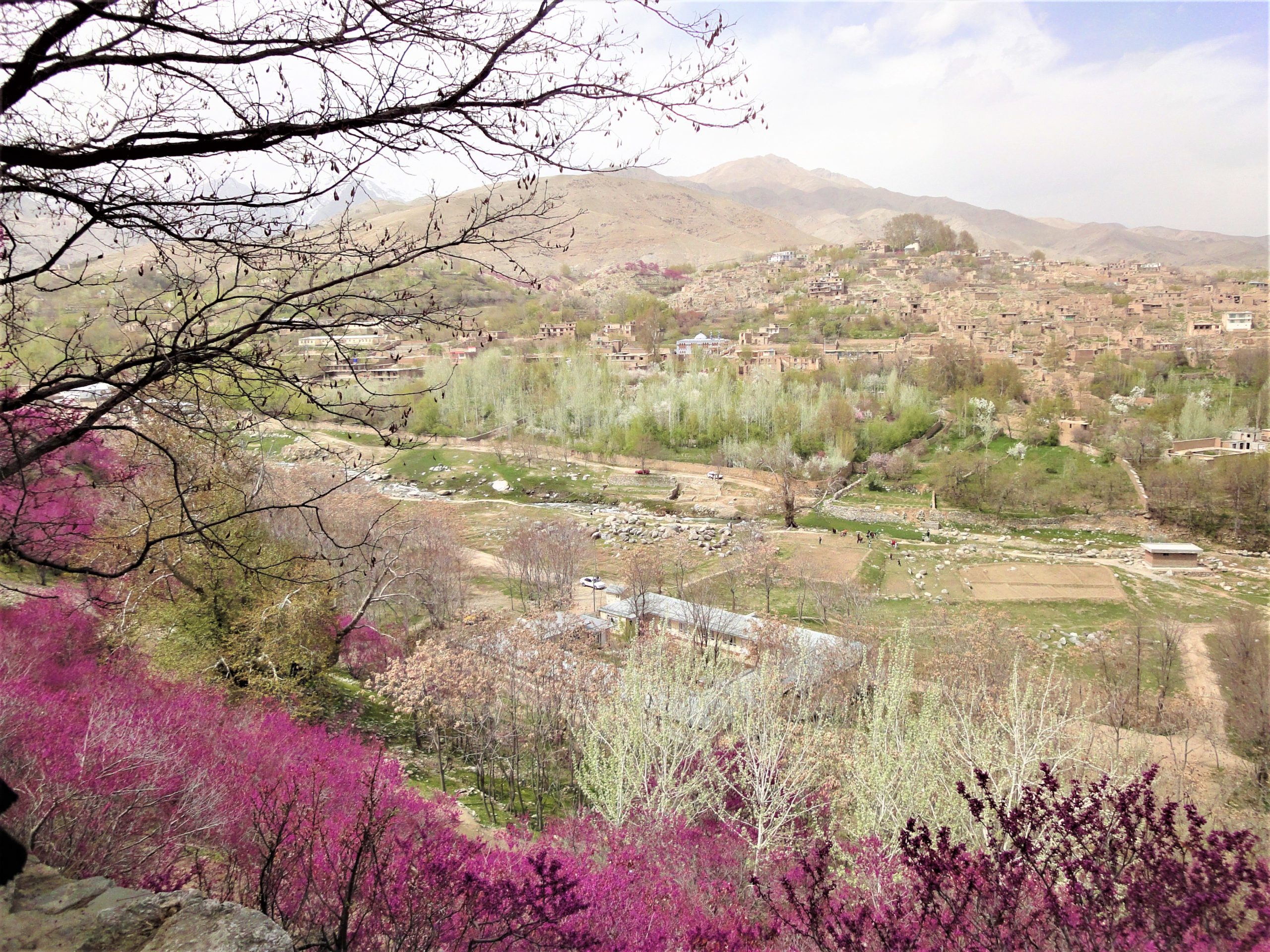
Afghanistan has been well known for its variety of dry fruits. I have enjoyed the exotic fruits and fresh vegetables in Kabul which are rarely found in Indian markets. The most common dry fruits are raisins, apricots, figs, cherries, prunes, dates, and mulberries. Some of the common fresh fruits are apples, grapes, pomegranates and massive-sized watermelons. Walnuts, almonds, pistachios, and pine nuts are in abundance. Saffron and Hing, sometimes called “devil’s dung.” (Asafoetida) are produced widely in Afghanistan. Hing is not consumed in Afghanistan but entirely exported, mainly to India. At one time the best quality cotton was produced in Kandahar province. Unfortunately, there are limited processing facilities and markets for fruits and vegetables with short shelf life.


The Afghans relish exotic dishes like kababs, kabuli pulav, Ashak (vegetable and chive-filled dumplings topped with tomato and yogurt sauces), bolani (deep-fried paratha with stuffed vegetable mostly potato), mantu (Dumplings filled with onion and ground beef or lamb), Korma a stew or casserole, feereny-a desert (similar to rice pudding without the rice), and doogh (a cold drink made by mixing water with yogurt and then adding fresh or dried mint). One type of Afghan naan (bread) can be 3 feet in length and one foot wide. Afghans are the warmest hosts I have ever seen. They will serve food that is enough for twice the number of guests.
“War on drugs” is another keyword in the country. The country supplies about 90% of the opium or heroin to the world. It also produces the best cannabis resins. Now with the new government ruling the country who was earlier making huge profits from opium/heroin production and trafficking, the world would wait to closely examine their policies against drugs. They were able to reduce poppy cultivation significantly when in power earlier during 2001. It is illegal to produce or deal with narcotic drugs in Islam.
What is happening in Afghanistan was signed and sealed on February 29, 2020 with the Doha Agreement between the US and Taliban. The text was then adopted unanimously by the UN. Today we see the US Administration and allies pretending to be faced with a terrible surprise? The situation is much simpler, everything that is happening now has been negotiated between the US and Taliban.
Challenges in the country are strange and tough. The challenge to fulfill the hunger, challenge to survive, challenge to get rid of poppy cultivation and addiction to drugs, challenge to deactivate underground mines in the most heavily mined country, challenge to save millions of woman who die while delivering a baby, challenge to re-establish the large number of women who became widows due to decades of war, challenge to start basic education, challenge to provide food to millions of poor folks, challenge to strengthen democracy and uproot corruption, the list goes on and on…..
After 9/11 the US forced the Taliban out of the country in 2001, and more than 30000 strong NATO forces were busy fighting with an increasing power of Taliban since 2006. Troop numbers began to surge in 2009 and continued to increase through 2011 when roughly 140,000 foreign troops operated under ISAF and US command in Afghanistan. The United Nations sprang into action to provide proper channels to the flowing financial aid, and to gather international expertise to strengthen the capacity of the newly formed interim government under the leadership of President Hamid Karzai. Despite this resistance by NATO, the Taliban was successful in establishing its dominance in several provinces of Afghanistan along the Pakistan border. The war killed 176,000 people in Afghanistan. (46,319 civilians, 69,095 military and police and at least 52,893 Taliban fighters). According to the UN, after the 2001 invasion, more than 5.7 million former refugees returned to Afghanistan. However, since the renewed Taliban offensive of 2021, 2.6 million Afghans remain refugees or have fled, mostly to Pakistan and Iran, and another 4 million Afghans remain internally displaced persons within the country.
I do not remember having slept peacefully in Kabul ever, there were several instances of deafening bomb blasts which shook everything like an earthquake. We spent sleepless nights in the bunker many times and got out early morning looking for dates of our next ‘Rest and Recuperation’ break which was every six weeks (Afghanistan was a non-family duty station for international staff). Over the last twelve years in Afghanistan, I have witnessed the deterioration of security in the country and also the parallel development of infrastructure and institutions. With its investments in dams, hospitals, schools, highway and building projects including parliament building, India has put around $3 billion into Afghanistan, making it one of the largest regional donors to the country without expecting any returns. The United States has spent more than $2 trillion in Afghanistan. That’s $300 million dollars per day, every day, for two decades in the country, but very little trickled down to the grassroots, the majority of the money was either pocketed by the corrupt in the government or was syphoned back through the international contractors.
My heart goes out to the Afghans who have faced miseries all their lives, the younger generation who were either born or brought up as refugees, and who returned to their country and worked hard for better lives.
What is happening in Afghanistan, was signed and sealed on February 29, 2020 with the Doha Agreement between the United States and the Taliban. The text was then adopted unanimously by the UN. Today, we see the US administration and allies pretending to be faced with a terrible surprise? The situation is much simpler, everything that is happening now has been negotiated between the United States and the Taliban. The Taliban and the American Minister of Foreign Affairs negotiated to end the Republic and the establishment of the Taliban regime to take over power in Kabul.
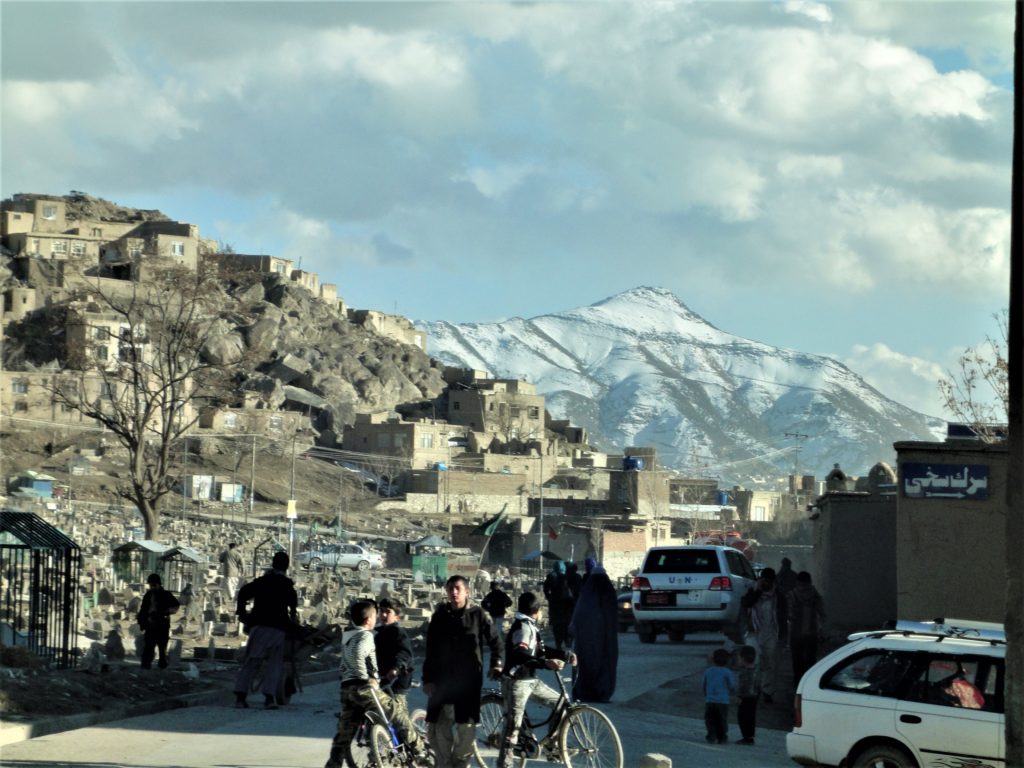
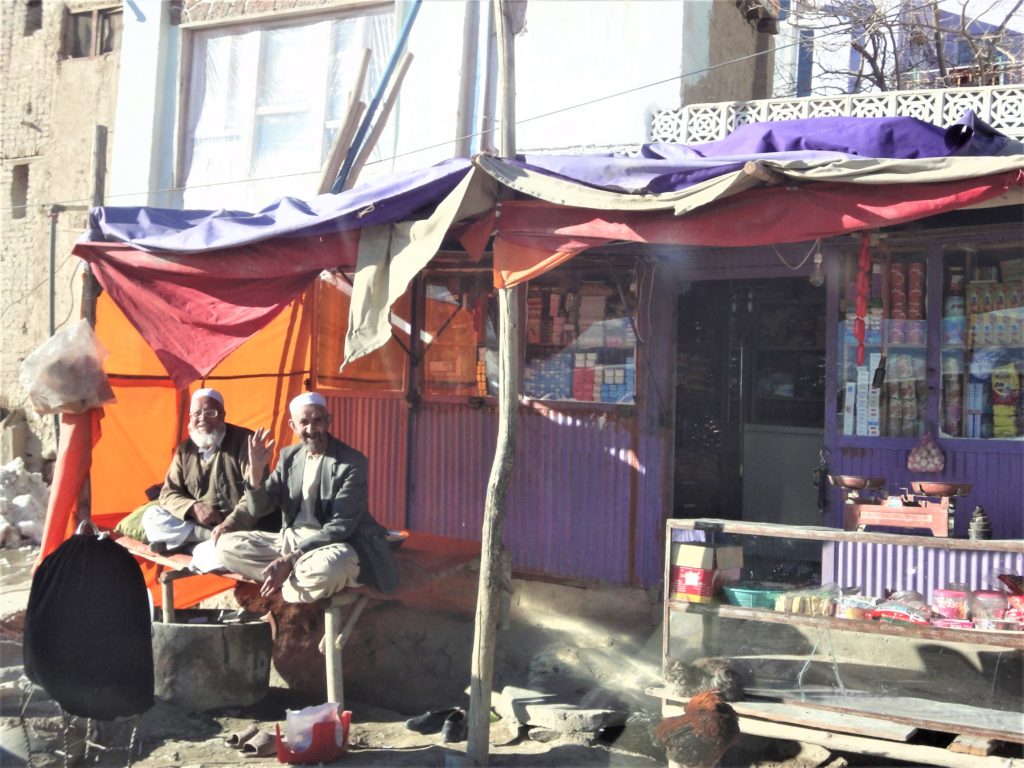

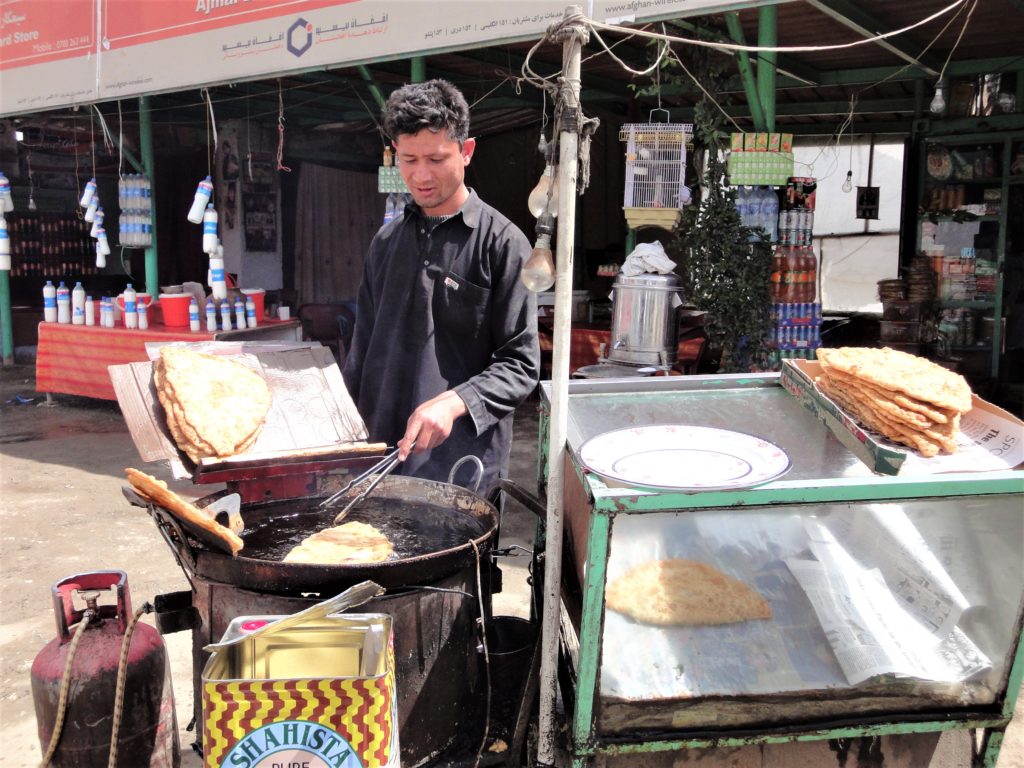

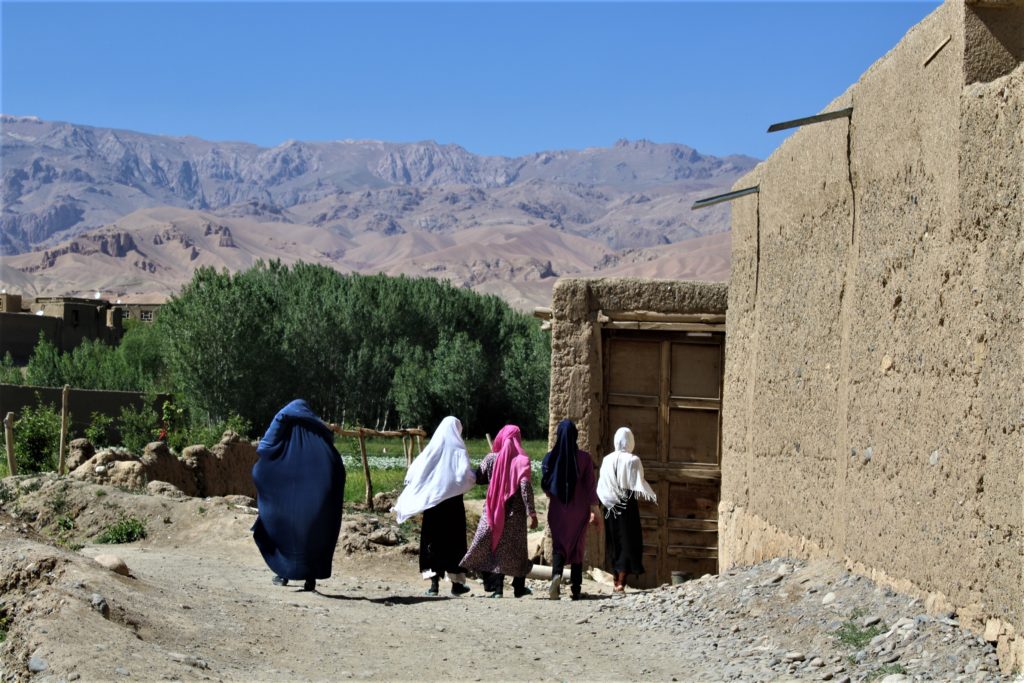
Since the Doha agreement, it was already recognized that the Afghan Republic was not intended to last, Americans wrote in black and white that the Taliban would take power. Worse still, in the Doha agreement, it is specified that the Americans will release 5,000 Taliban detainees. The Americans also pledged to lift all sanctions against the Taliban regime in order to allow it to grow and settle without being in an economic catastrophe. The Doha agreement ends with this statement which says: “The USA and the Taliban will seek positive relations with each other”. So no, the Taliban did not in five days conquer and take over the cities in Afghanistan by surprise. The armed forces of the Republic of Afghanistan simply deserted and joined the Taliban, because they have been de facto masters since the Doha Agreement was signed. This Doha Agreement also established that the Taliban will allow foreign delegations to leave Afghanistan without danger.



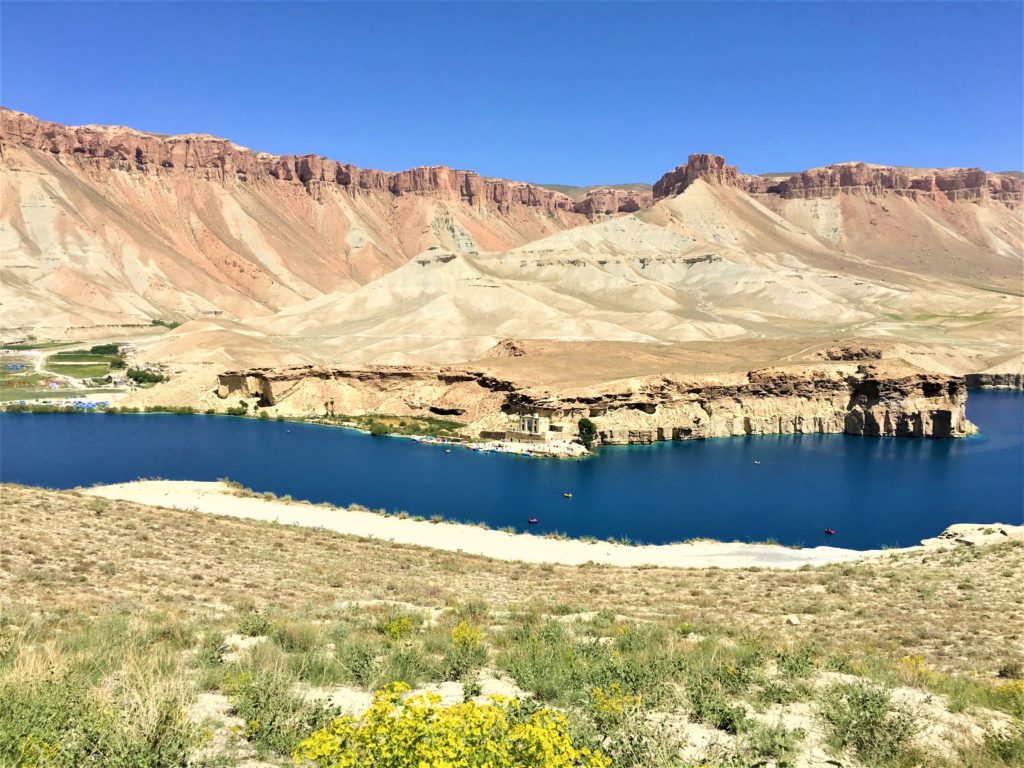
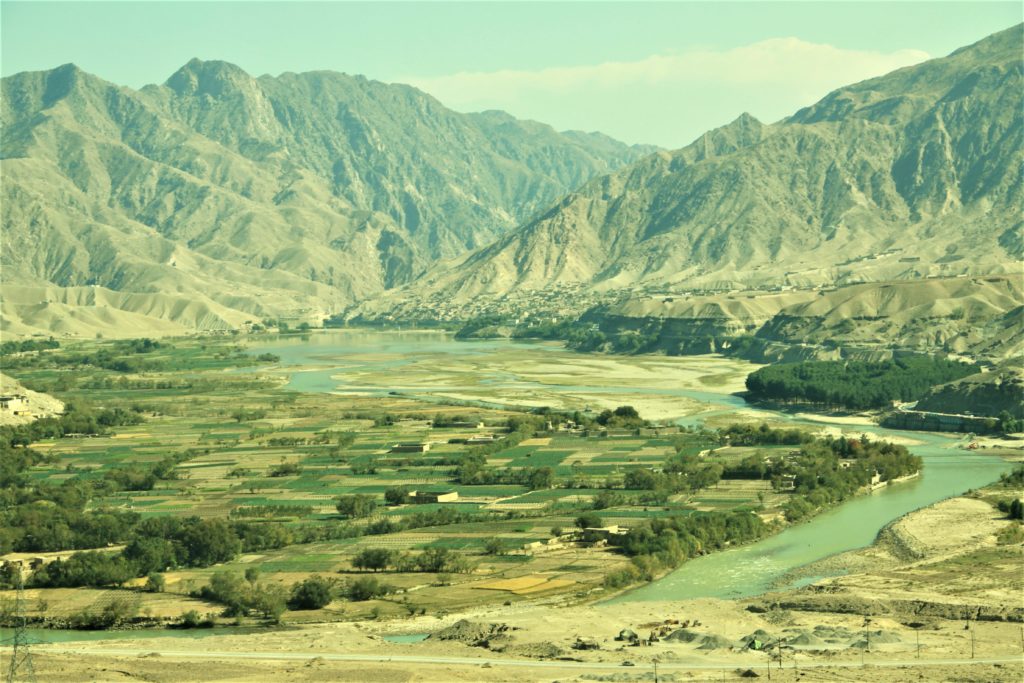
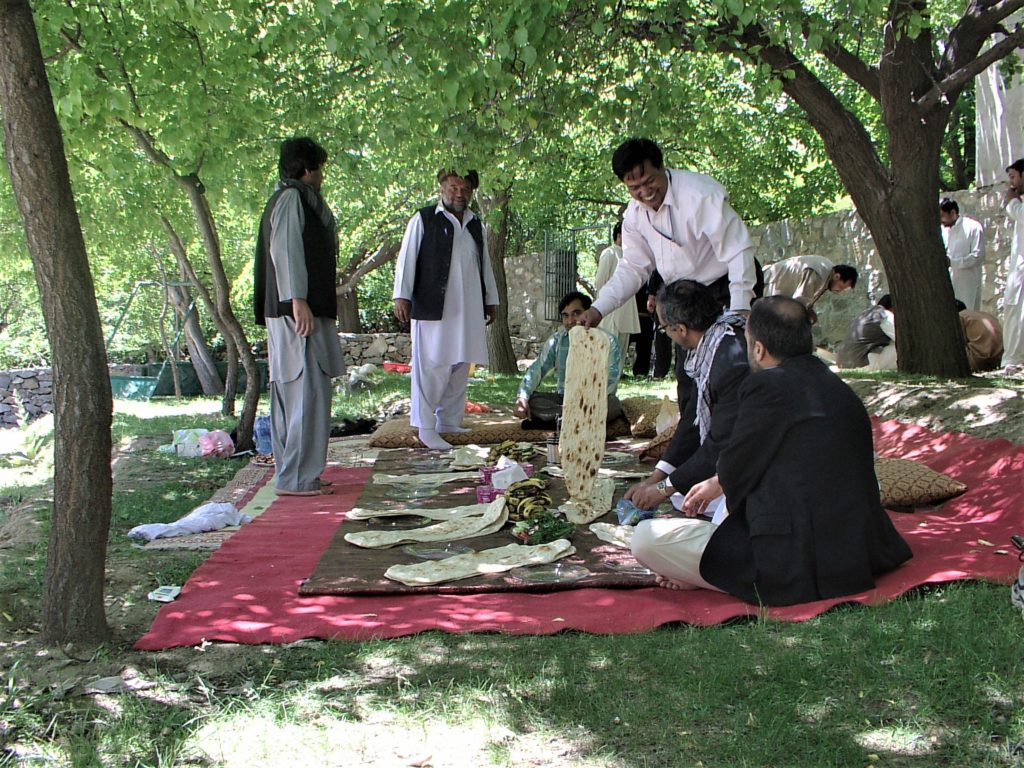
My Afghan national UN colleagues are still in Kabul with their families at the mercy of the Islamic Emirate of Afghanistan and all the promises by the member state countries to evacuate and provide asylum was shattered after the twin blast near Kabul airport on 26 August which killed more than 150 Afghans including at least 13 U.S. service members.
My heart goes out to the Afghans who have faced miseries all their lives, the younger generations who were either born or brought up as refugees, and who returned to their country and worked hard for better lives. Their children including girls went to schools and colleges, many worked with government and private companies and also for international and national NGOs. They enjoyed television shows, soap operas, Bollywood movies and songs. I have seen keen sportspersons, both men and women, participating and excelling in sports. They love their country and jubilate when they win matches with other countries.


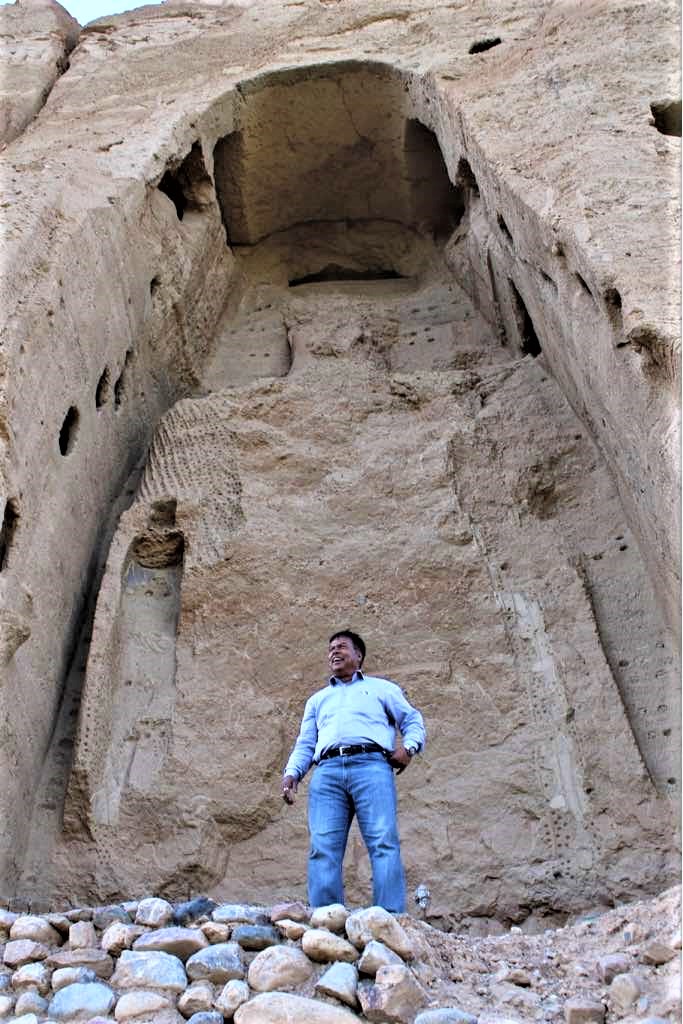

I pray and hope that their dreams are not shattered again and we do not see a mass exodus of another generation as refugees, men and women are not abused of their human rights, ethnic killings do not happen, television, music, internet, photography, cinema and sports are not banned again. Men are not forced to grow long beards or youths beaten in public for short haircuts or short beards. Right to education or to work in offices/institutes for women is not banned and they are not forced to wear burqa, to envelope themselves in an outer garment to cover their entire face except for a small region about the eyes, which is covered by a concealing net or grille. Women are not banned from walking alone on the street without being accompanied by a male escort. Women are not punished for wearing high-heel sandals, music players in the vehicles are not seized. Punishments in public to kill by throwing stones or collapsing walls to bury the culprit alive, and cutting the hands of people involved in theft does not happen again.
The common man on the streets has witnessed or known about such abuses 20 years ago, and does not believe this would not happen again. The world has therefore witnessed on 16 Aug 2021, the desperation of the Afghans clinging on to the military plane taking off from Kabul airport and falling to their deaths from mid-air.
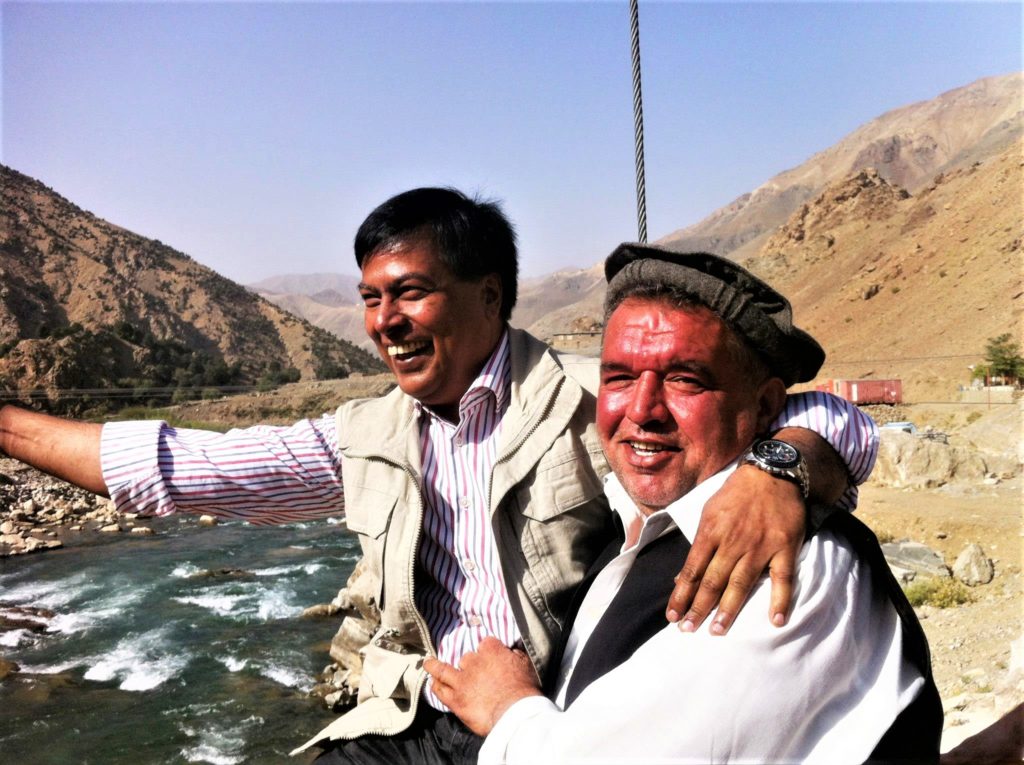
In loving memory of Abdul Sattar, my escort who left us five years ago.

1 comment
Such a nice post on Afghanistan. First hand experience of the exotic lands NW of India. Reminds me so much of our very own Kashmir, in more ways than one. The beauty, the poverty, the neglect….. All there. I join Shri Devashish n wishing them… The Afghan , as well as the Kashmiris a brighter future and better deal in life